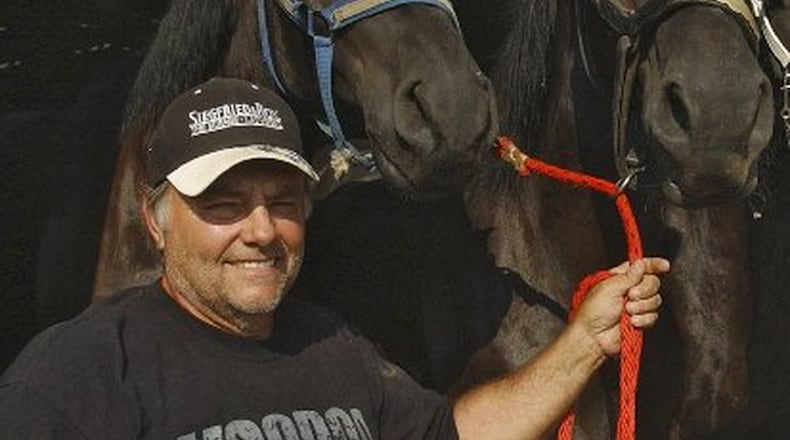Almost immediately, Ohio lawmakers enacted strict rules on the ownership of exotic animals. Here are three things that changed in the aftermath of the bizarre, surreal event:
1. Ohio went from having some of the nation’s loosest laws on the private exotic animal ownership to having some of the toughest. Owners had to register and micro-chip their animals, and meet strict standards on housing, training, transportation, insurance and enclosures. The law also prohibited the acquisition of more animals — except for certain species — and the state could seize animals from owners who failed to meet the standards.
2. A $3 million, 20,000-square-foot temporary holding facility was constructed in Reynoldsburg to house, feed, transport and care for animals that are either seized or surrendered to the state as part of the state law. The Ohio Department of Agriculture won’t say how many animals are housed there at any one time, citing security concerns, but since it opened in early 2013 the facility has held 207 animals, including 107 American alligators, 39 snakes, 18 black bears, 16 tigers, seven brown bears, and five cougars. Operation costs since it opened have totaled $3.6 million.
3. It’s safe to say that Ohio has fewer private owners. It’s not known just how many fewer exotic animal owners there are because they were harder to track prior to the passage of the law. But the numbers are down even since the law was passed. So far this year, the Ohio Department of Agriculture has issued 45 permits for 163 animals. That’s down from 64 permits for 218 animals in 2014, the first year the new regulations were in effect.
“I think it was a needed law,” said state veterinarian Dr. Melissa Simmerman. “Before this law went into effect, Ohio was one of the few states left in the country that had no dangerous wild animal-type regulations.”
But not everyone is happy with the law. Mona Kerby, who lives in Butler County and has owned an eight-pound monkey, Bella, for 13 years, said she has to pay $1,350 a year for insurance because of the law, and also submit to home inspections and mandated visits to a veterinarian.
“I do think there should be restrictions. but they should be reasonable,” Kerby said.
About the Author

